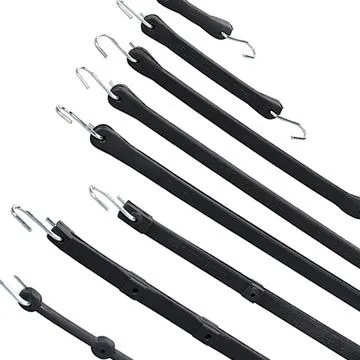Nov . 29, 2024 12:35 Back to list
Guidelines for Installing a Drywall Grid System Effectively and Efficiently
Understanding the Drywall Grid System A Comprehensive Guide
When it comes to home construction and renovation, the drywall grid system is an essential component that plays a significant role in both the aesthetics and functionality of interior spaces. This versatile system is used to create a structured framework that supports drywall sheets, ensuring a smooth and uniform finish for walls and ceilings. In this article, we will explore the drywall grid system in detail, discussing its components, installation process, advantages, and applications.
What is a Drywall Grid System?
A drywall grid system refers to the structured framework that supports drywall panels. This system typically consists of metal or wooden framing members arranged in a grid pattern, onto which drywall sheets are attached. The most common types of grid systems include the standard grid layout for walls and the suspended grid system for ceilings.
In a standard wall grid, vertical studs are spaced at 16 or 24 inches apart, while a suspended ceiling grid is composed of main runners and cross tees that create a ceiling framework, allowing for the installation of ceiling tiles or drywall panels.
Components of a Drywall Grid
1. Studs Vertical supports that provide the main structure for walls. They are usually made from metal or wood and come in various thicknesses, typically 2x4 inches.
2. Tracks Horizontal framing members located at the top and bottom of the wall. They hold the studs in place and provide additional stability.
3. Cross Tees In a suspended ceiling system, these are the horizontal components that connect to the main runners, creating a grid where ceiling tiles or panels can be installed.
4. Main Runners The main horizontal components of a suspended ceiling that support the cross tees.
5. Drywall Panels The sheets of gypsum board attached to the grid, available in various thicknesses and types, such as moisture-resistant or fire-rated.
Installation Process
Installing a drywall grid system may seem daunting, but with the right tools and materials, it can be a straightforward process. Here’s a step-by-step guide
1. Planning Measure the area where the drywall will be installed and determine the grid layout. Ensure to mark stud locations and any outlets or switches.
drywall grid

2. Gather Materials Collect all necessary components, including studs, tracks, cross tees, main runners, and drywall sheets.
3. Install Tracks Secure the top and bottom tracks to the walls and floor using screws or anchors, ensuring they are level.
4. Attach Studs Insert the vertical studs into the tracks at predetermined intervals, securing them with screws.
5. Add Cross Tees and Main Runners For ceiling installations, connect the main runners and cross tees to form the grid layout.
6. Hang Drywall Panels Begin attaching drywall sheets to the grid, starting from the top and working your way down. Use drywall screws to secure the panels to the studs and ensure a tight fit.
7. Finishing Touches Once the drywall is installed, tape joints, apply joint compound, and sand the surface for a smooth finish. Finally, paint or decorate as desired.
Advantages of Using a Drywall Grid System
- Flexibility The drywall grid system allows for easy modifications and adjustments. If you need to add electrical wiring or plumbing, the grid can be adapted without major reconstruction.
- Sound Insulation A properly installed grid can improve sound insulation in multi-story buildings, making it an excellent choice for residential and commercial applications.
- Cost-Effective Drywall is relatively inexpensive compared to other wall and ceiling materials, and the grid system reduces installation time and labor costs, making it a cost-effective choice for builders.
- Aesthetic Appeal The grid system allows for uniformity in wall and ceiling finishes, enhancing the overall look of interior spaces.
Conclusion
In summary, the drywall grid system is a fundamental element in modern construction and renovation projects. Understanding its components, installation process, and advantages can help homeowners and builders create beautiful and functional spaces. Whether you are planning to remodel a room or construct a new home, considering a drywall grid system will undoubtedly contribute to your project's success.
-
Quality Ceiling Trap Doors & Access Panels | Easy & Secure AccessNewsAug.30,2025
-
Durable Ceiling T Grid Systems | Easy InstallationNewsAug.29,2025
-
PVC Gypsum Ceiling: Durable, Laminated Tiles for Modern SpacesNewsAug.28,2025
-
Pvc Gypsum Ceiling Is DurableNewsAug.21,2025
-
Mineral Fiber Board Is DurableNewsAug.21,2025
-
Ceiling Tile Clip Reusable DesignNewsAug.21,2025







